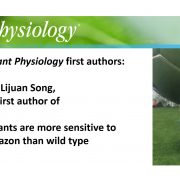
Recognizing Plant Physiology first authors: Lijuan Song
Plant Physiology, Plant Physiology: Author ProfilesLijuan Song, first author of The genomes uncoupled mutants are more sensitive to norflurazon than wild type
Current position: PhD student, Key Laboratory of Horticultural Plant Biology, Ministry of Education, Huazhong Agricultural University, Wuhan, China
Education: BS (2016) from JiangHan University,…
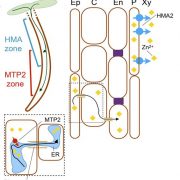
Don’t Go Grocery Shopping When Hungry! Systemic Signaling in Zinc Homeostasis
The Plant Cell, The Plant Cell: In BriefGoing grocery-shopping on an empty stomach is a bad idea. You’re bound to make poor decisions, not based on nutritional content of the food but based on temporary cravings that will leave you asking for more later. Plants face this nutritional puzzle every day, since they eat where they shop, and shop…
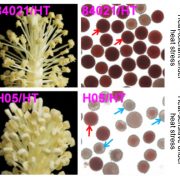
Handling the Heat - Methylome Variation Underlying Heat Tolerance in Cotton
The Plant Cell, The Plant Cell: In BriefPlants must accommodate many stresses in order to grow and reproduce normally. Heat stress in particular can negatively affect anther development in flowering plants, leading to male-sterile flowers that produce indehiscent anthers and sterile pollen, and consequently are not capable of sexual reproduction.…
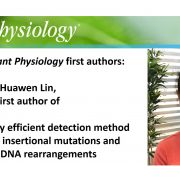
Recognizing Plant Physiology first authors: Huawen Lin
Plant Physiology, Plant Physiology: Author ProfilesHuawen Lin, first author of MAPINS, a highly efficient detection method that identifies insertional mutations and complex DNA rearrangements
Current Position: Instructor, Department of Genetics, Washington University in St. Louis, USA
Education: PhD in Plant Physiology from Washington University…
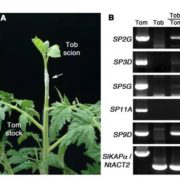
RNA Mobility and the Regulation of Flowering
Plant Physiology, Plant Physiology: On The InsideIn addition to hormones, proteins, and metabolites, many plants use mRNAs as mobile molecules for long-distance communication. It has been demonstrated that many mobile mRNAs are trafficked through phloem, probably by forming an RNA-protein complex to allow the stable translocation of mRNA molecules.…
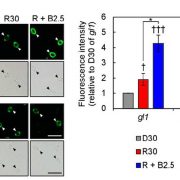
Red Light and the Plasma Membrane H+-ATPase in Guard Cells
Plant Physiology, Plant Physiology: On The InsideStomatal opening is stimulated by light, including blue and red light. Blue light-induced stomatal opening is fairly well understood: it is mediated by blue-light photoreceptor phototropins (phot1 and phot2). Blue light activates the plasma membrane (PM) H+-ATPase via phosphorylation of its penultimate…
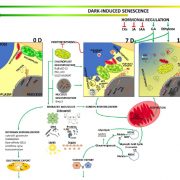
Dark-Induced Leaf Senescence
Plant Physiology, Plant Physiology: On The InsideSenescence in plants is a prelude to cell or organ death. The metabolites and macromolecules released during senescence are salvaged by the plant for use elsewhere. Generally, senescence occurs prior to programmed cell death (PCD), since the characteristic leaf yellowing can be reversed while PCD is…
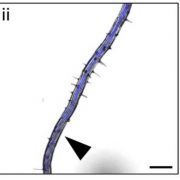
Esculin, a Sucrose Proxy for Phloem Transport
Plant Physiology, Plant Physiology: On The InsideThe study of phloem transport and its vital roles in long distance communication and carbon allocation have been hampered by a lack of suitable tools that allow high-throughput, real-time studies. Since the 1970s, several studies have used 11C or 14C isotopes to measure rates of phloem transport in large…
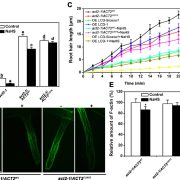
S-Sulfhydration Disrupts Actin Polymerization
Plant Physiology, Plant Physiology: On The InsideRecent evidence indicates that H2S acts as an important messenger that affects plant responses to abiotic stresses, including high salinity, drought, heat shock, heavy metals, and oxidative stress. H2S signaling has also been shown to modulate important physiological processes, such as photosynthesis,…

